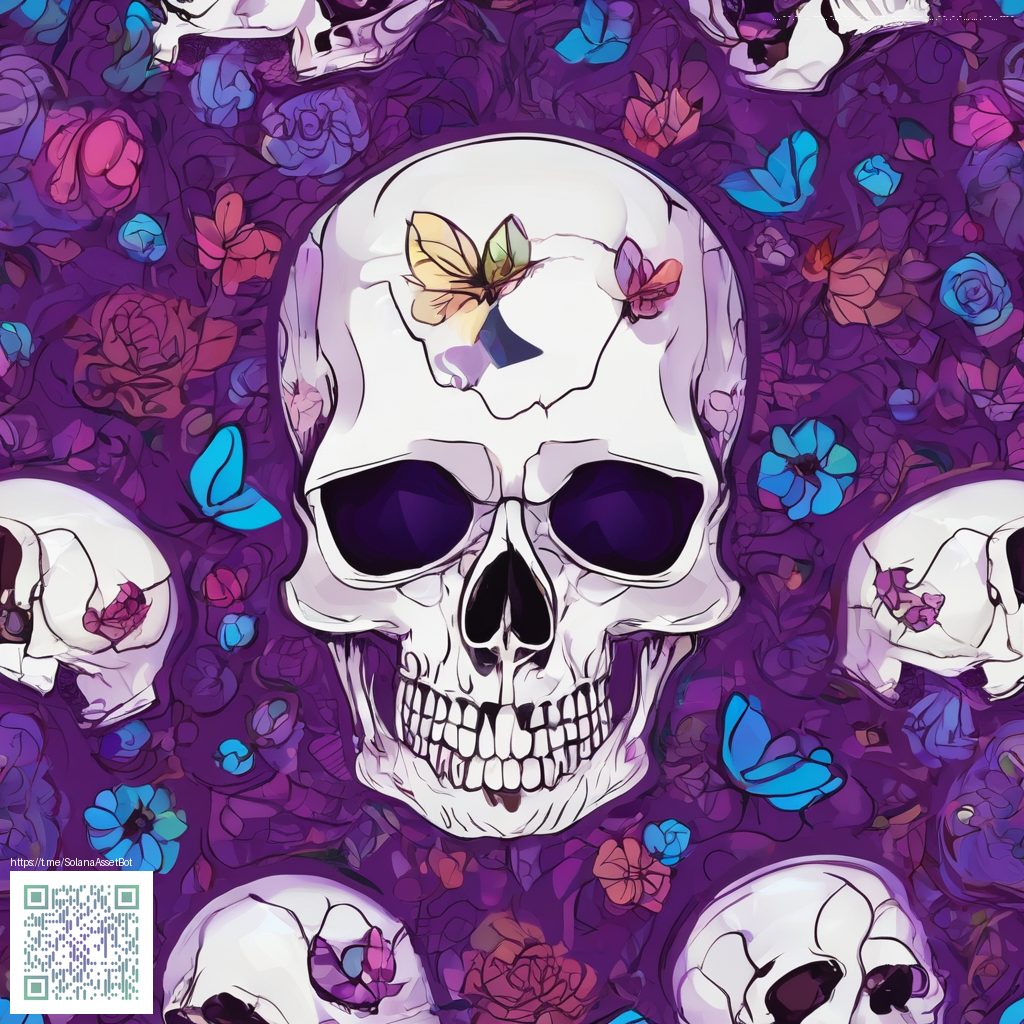
Design Foundations for Elegant Wedding Invitations
Crafting invitation templates is about more than pretty fonts. It is about setting the tone for a celebration, guiding guests through essential details, and creating a cohesive suite that your wedding theme can carry across save-the-dates, invitations, and RSVP cards. The best templates achieve readability at a glance, while offering a touch of personality that reflects the couple's story.
Start with the mood: romantic, modern, whimsical, or timeless? Once you draw a direction, you can build a layout that carries that mood through every element—names, event details, venue, and RSVP information—without feeling crowded. Think in modules: a main card, a separate RSVP insert, and a small detail card for directions or accommodations. This modular mindset keeps production simple and ensures consistency across multiple pieces.
“The most effective wedding invitation feels cohesive, yet flexible enough to adapt to different contexts—the ceremony, the reception, and the after-party.”
Color, typography, and imagery that sing
Color should enhance legibility and reinforce the theme. A classic approach pairs a high-contrast base with one or two accent colors. Typography should be legible and expressive. A serif for headings paired with a clean sans-serif for body text often hits a harmonious balance. For imagery, one tasteful motif—like a floral spray or geometric emblem—can anchor the suite without overwhelming details.
- Limit the palette to three colors for printed pieces; allow white space to breathe and guide the eye.
- Choose two typefaces that complement each other and stick to them across all templates.
- Define a clear information hierarchy: hosts or couple names, event details, RSVP instructions, and contact info.
- Use alignment grids to maintain consistency across cards and inserts.
- Consider edge treatments and finishings that echo your motif—foil accents, debossing, or subtle embossing can elevate without complicating production.
Template structures: flat, layered, and minimalist approaches
Three common structures work well for wedding invitations, and you can mix elements to suit the occasion:
- Flat design: a single card with all essential details, ideal for modern weddings and digital distribution.
- Layered design: a main card with an accent or vellum overlay, offering depth and tactile interest.
- Minimalist approach: generous whitespace, restrained typography, and a single focal motif to convey elegance.
When drafting your templates, layout decisions should support printing realities. Allow for printer bleeds, consider paper stock and weight, and preview color accuracy before sending files to print. If you’re assembling a design toolkit for yourself or clients, it helps to reference real-world examples—like the Neon Gaming Mouse Pad 9x7 neoprene stitched edges (https://shopify.digital-vault.xyz/products/neon-gaming-mouse-pad-9x7-neoprene-stitched-edges)—to observe how practical details translate into reliable templates. For additional visual sources and inspiration, you may also explore ideas from https://tourmaline-images.zero-static.xyz/2e0001c3.html.
As you refine your approach, create a master template that can be easily adapted for save-the-dates, reception cards, and RSVP inserts. A well-built master saves time and ensures your wedding suite remains coherent, even as you customize for different guests or venues.
Printing considerations matter, too. Coordinate with your printer about color proofs, paper options, and envelope sizing. A template that looks stunning on a screen may require slight adjustments for print. Build in margins, keep margins generous, and test one full print run to catch any unexpected issues before you commit to a larger batch.